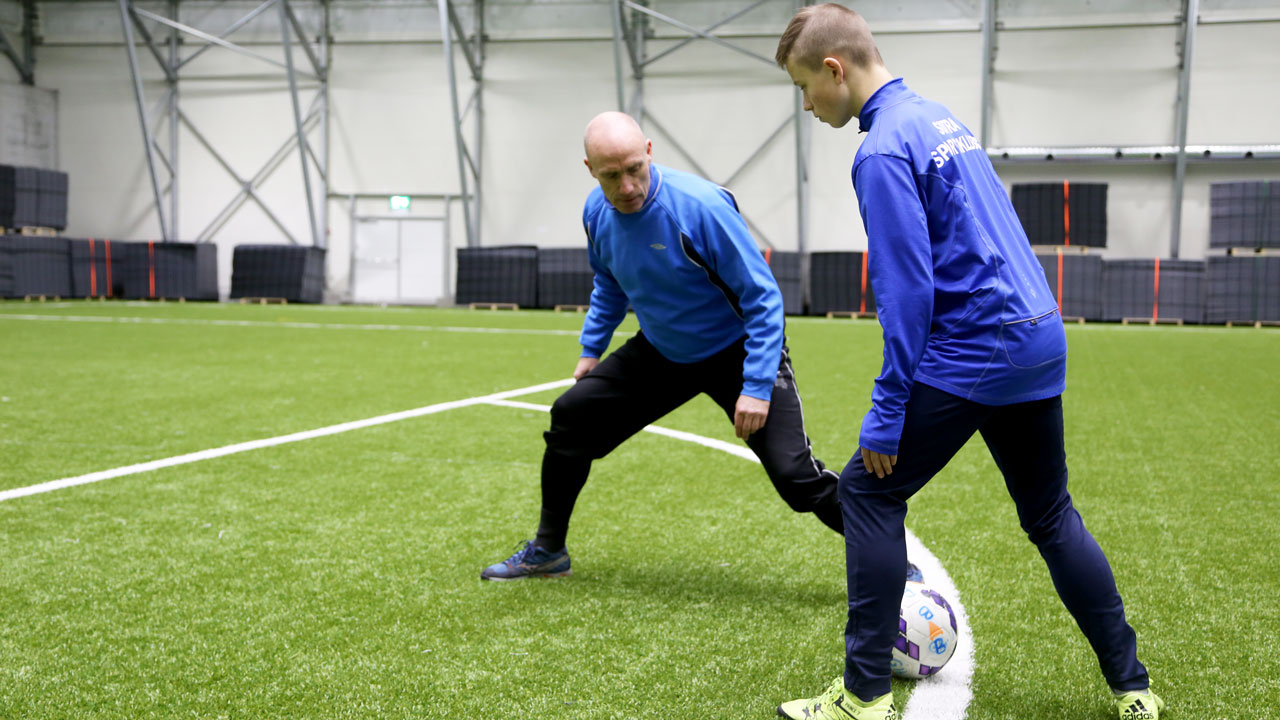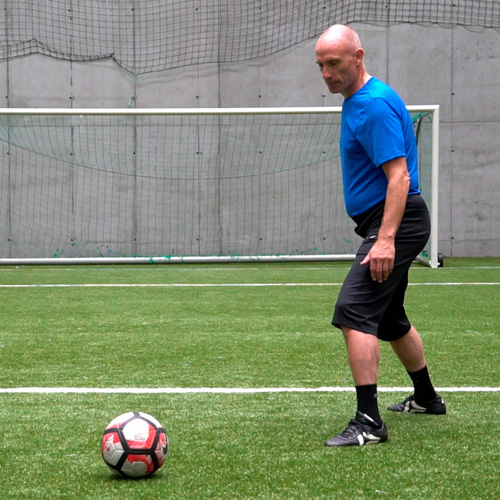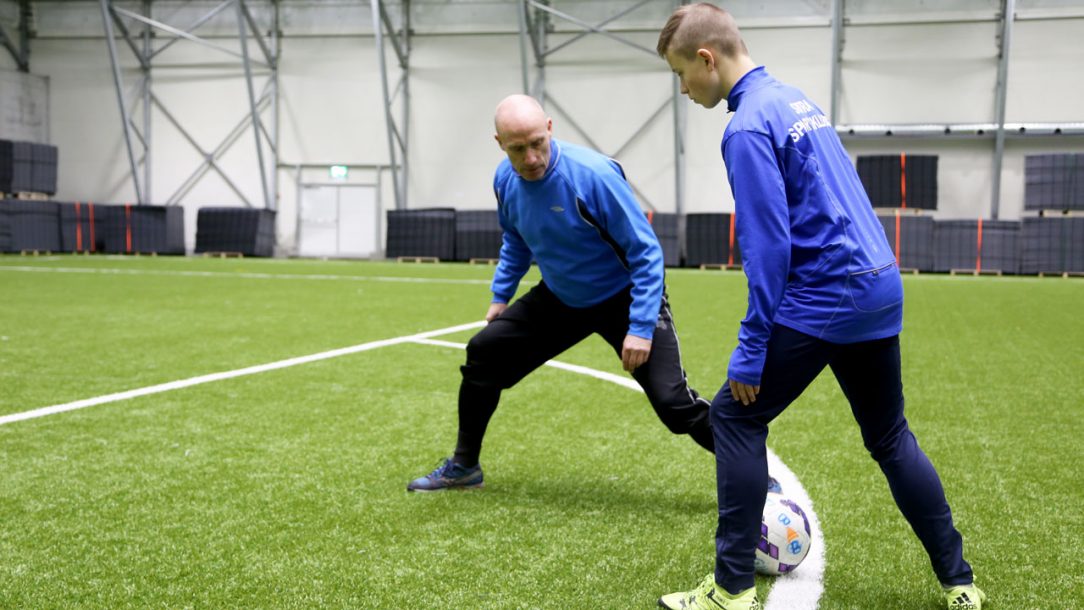
What criteria should you take into consideration when choosing a defending position?
Tactically, you need to be aware of some key factors when selecting a defending position.
The Advantages of the Defending Positions
Each of the defending positions that are available has distinct strengths and natural forces. It is important that you understand these when choosing a defending position. For example, one of the biggest strengths of the frontal defensive posture is that it gives you width direction (horizontal).
The Disadvantages of the Defending Positions
Tactically, you need to be aware of some key factors when selecting a defending position.
In the same way each of the defending positions has natural strengths, they also have weaknesses. Again, you need to be aware of these when selecting which position you will employ in a given situation. For example, the side-on position limits your movement width wise (your ability to move sideways) and prevents you from blocking shots effectively.
The Situation
You should always take the situation into consideration when choosing a defending position. Ideally, you will choose the defending position that is suited to your position on the field, that of your opponent, and the speed and direction of the game. Your skills and those of the attacking player are also of significance. Situationally, a “wrong facing” (back in the attack direction) and “right facing” attack player can make all the difference.

Chase Defending Position.
Your Skills
Once you have acquired knowledge of the skills that are important to execute the various defending positions, you might have a better idea about what defending position(s) best match your skills and those that are unsuitable for you. Is your best skill, for example, tackling or timing tackles? If so, the frontal defending position will probably work very effectively for you.
Your Opponent’s Skills
The attacker’s strengths and weaknesses are, of course, as important as your own in any 1 vs. 1 situation. You also need to be aware of whether the attacker is a right-footed player or a left-footed player. If the attacking player is a right-footed player, it is often advisable that you adopt a position that allows you to shut off the right side, and force your opponent to use their weaker foot when attempting to finish (shoot on goal).
Finally, it is important to remember that the defending positions are dynamic – and that it is why it is often advantageous to change defending position during a duel!
These themes, along with 10 other articles, you will find in our book:

Side-On Defending Position.
“The Ultimate Guide to Football Defence
– Unique and Fundamental Knowledge of Defence Skills”.


